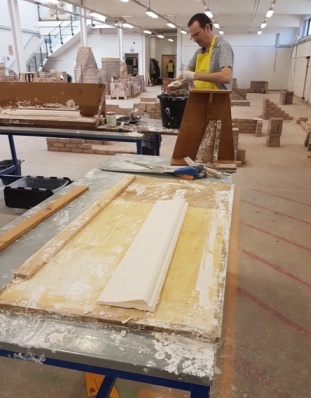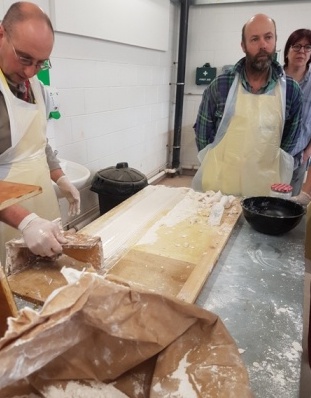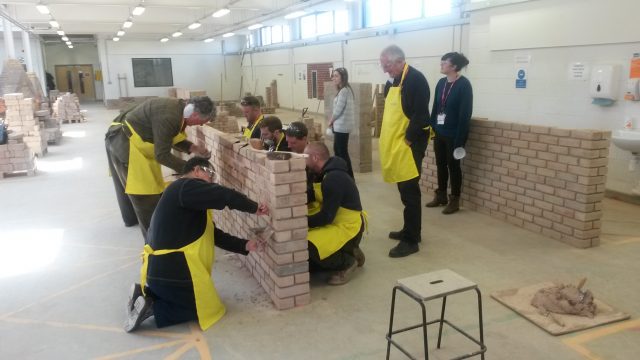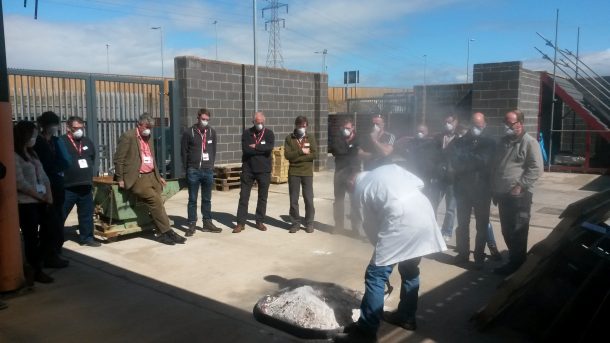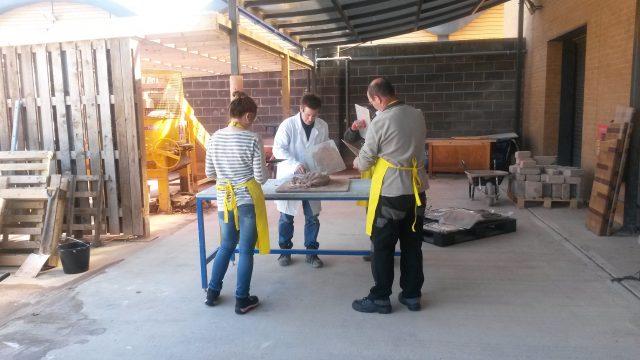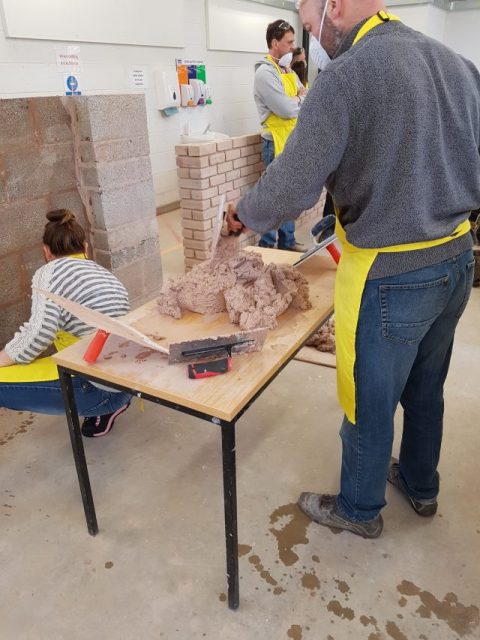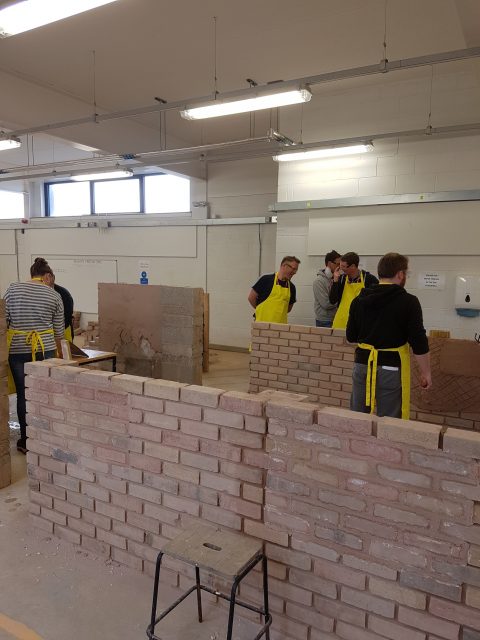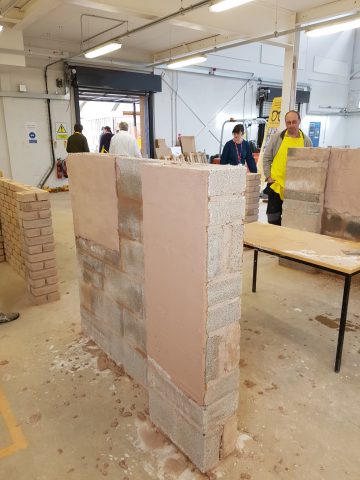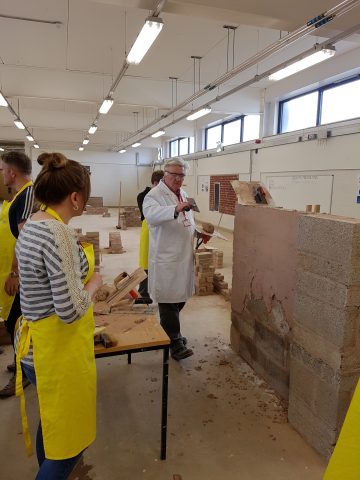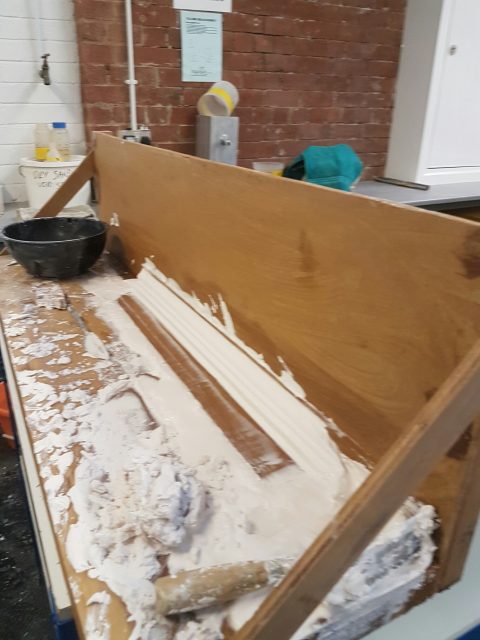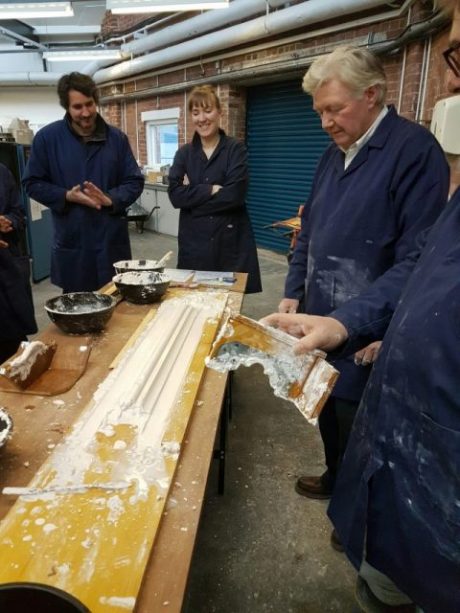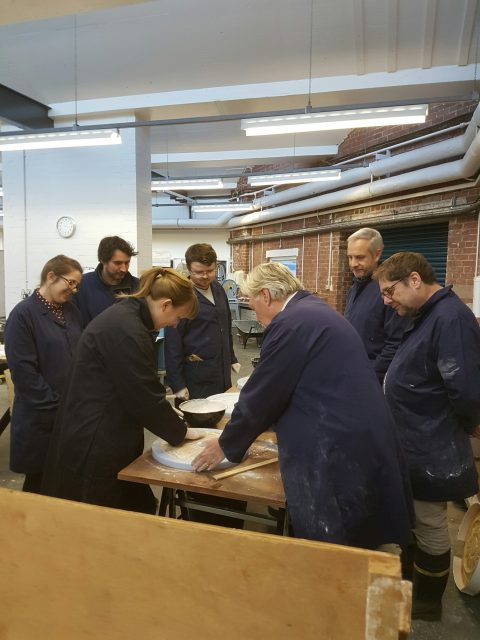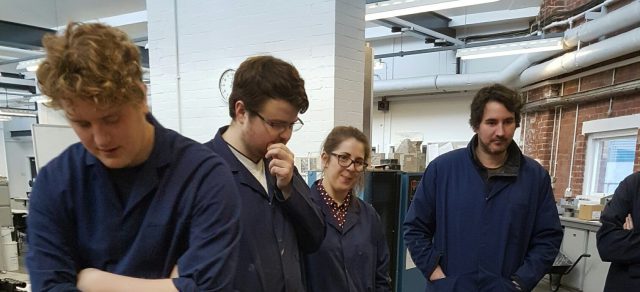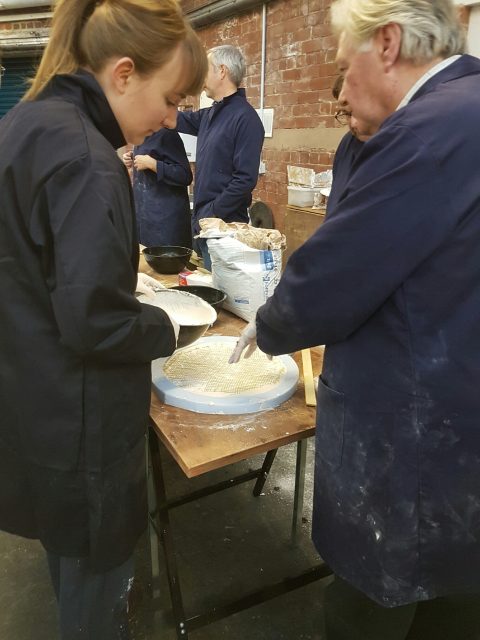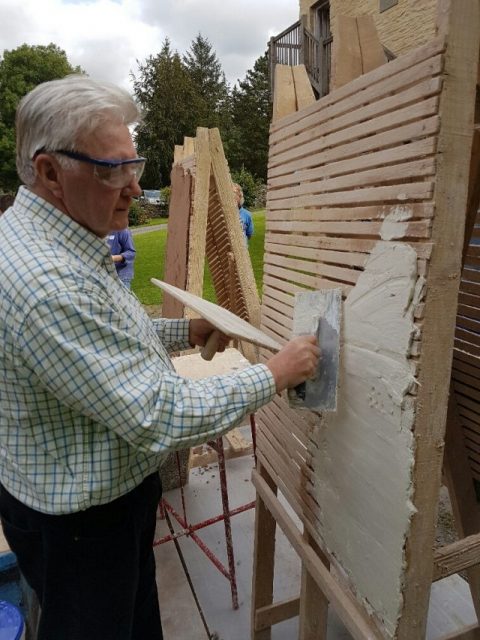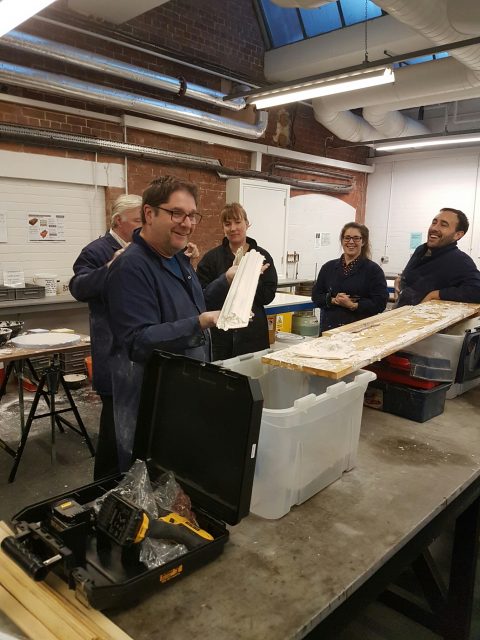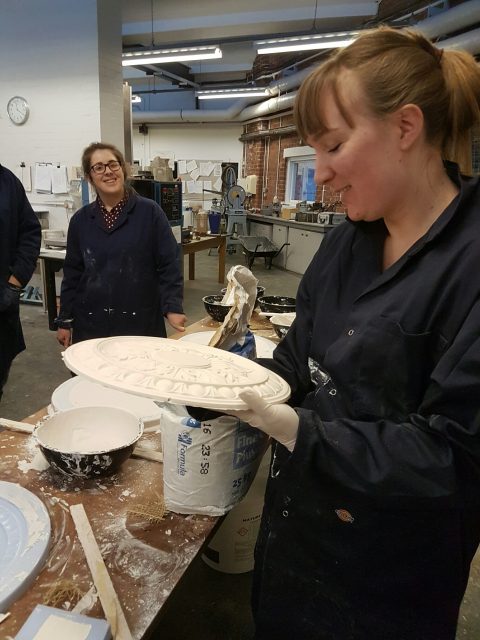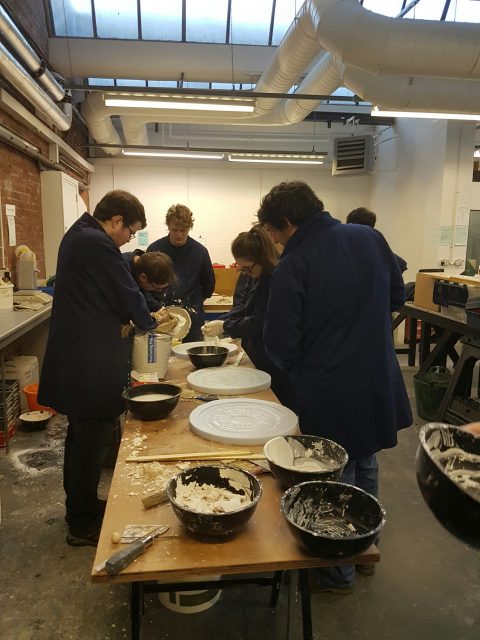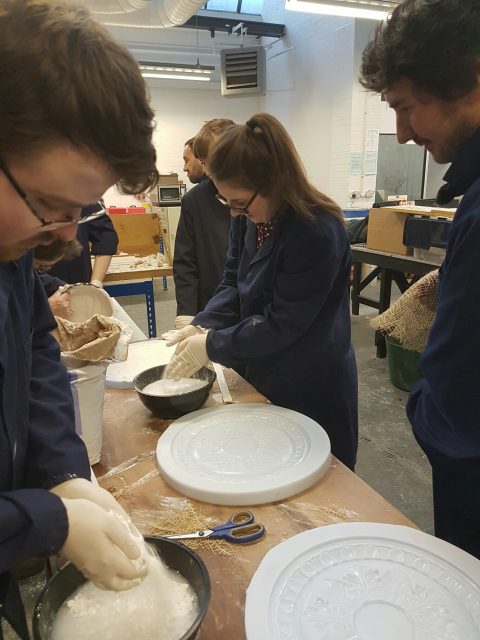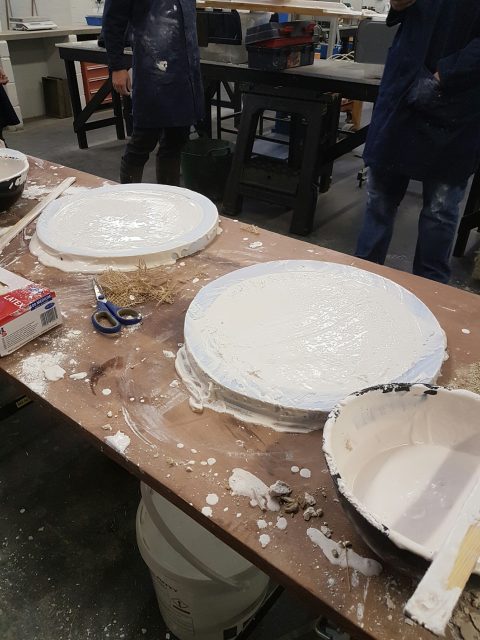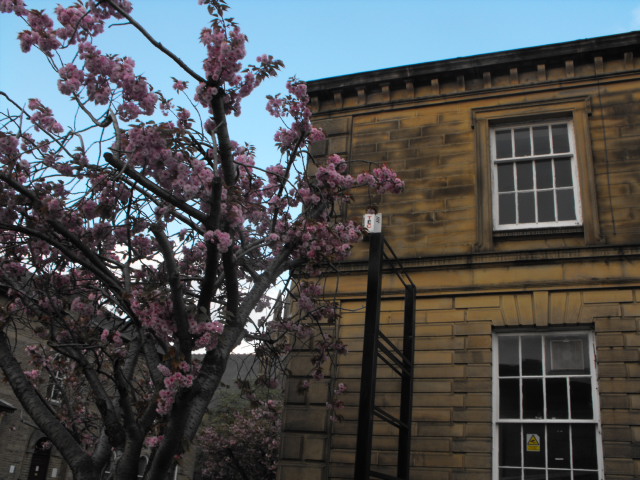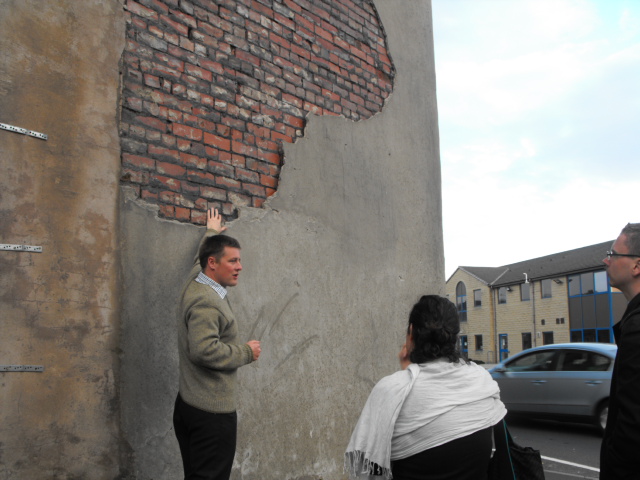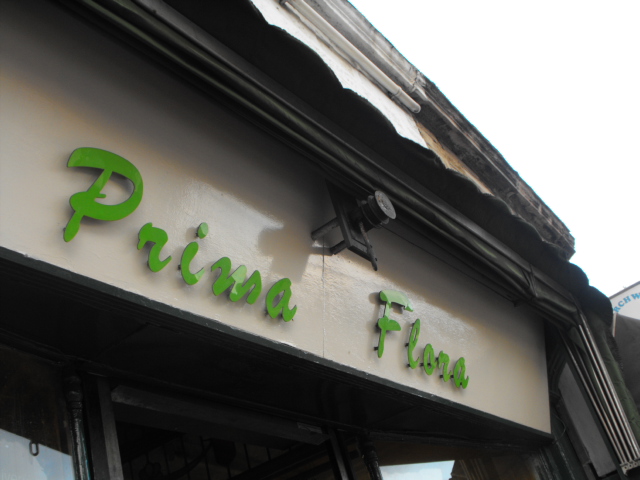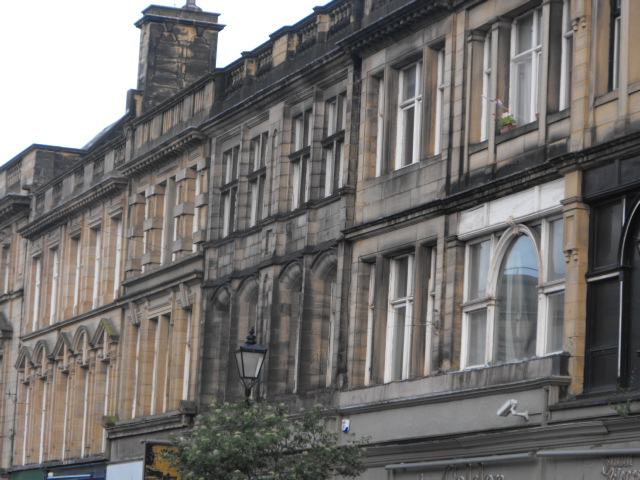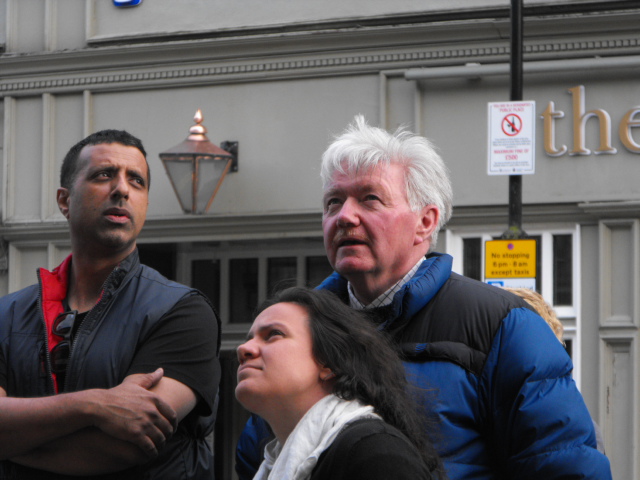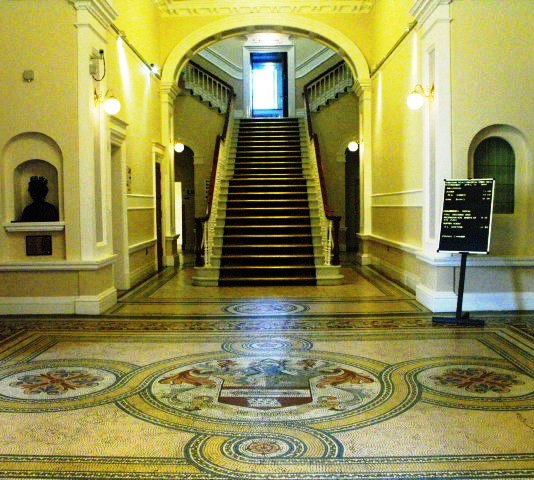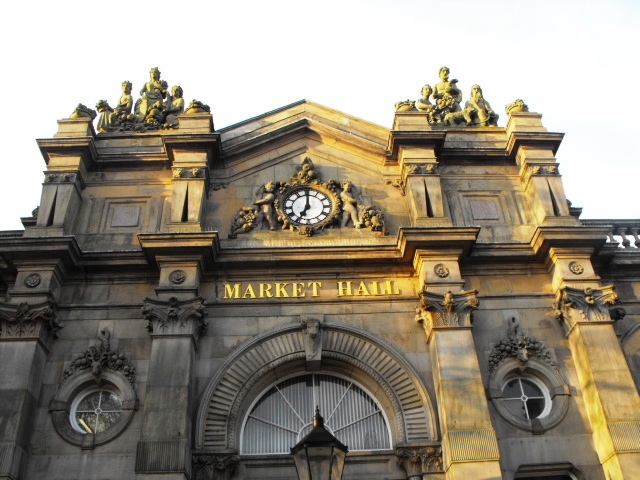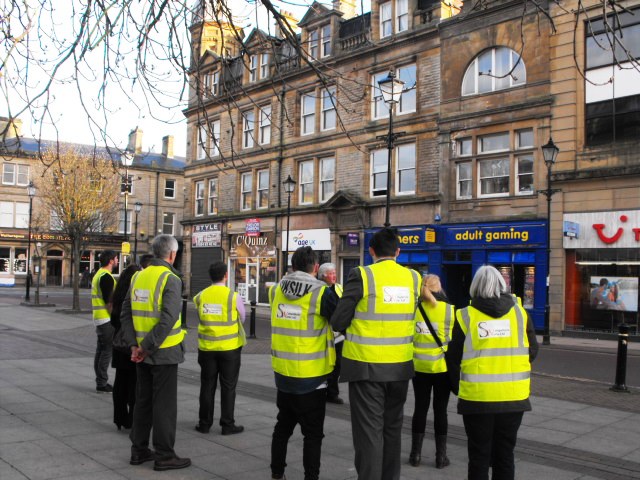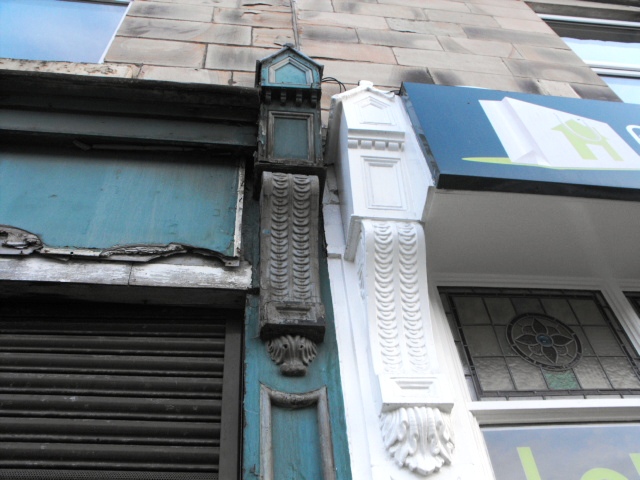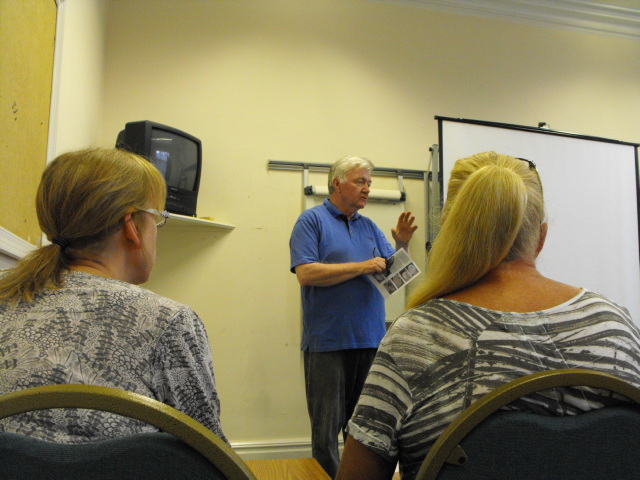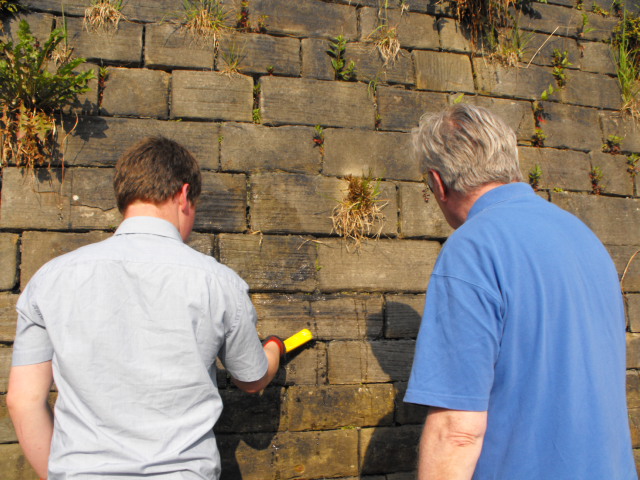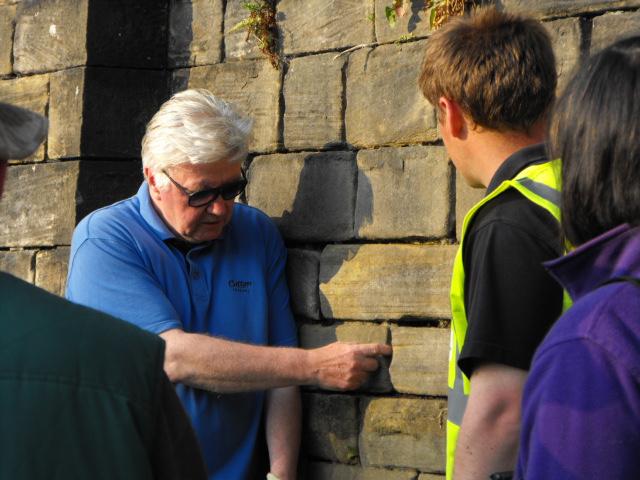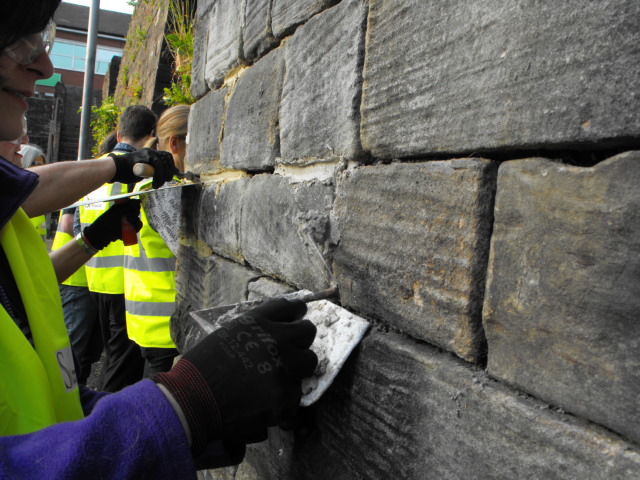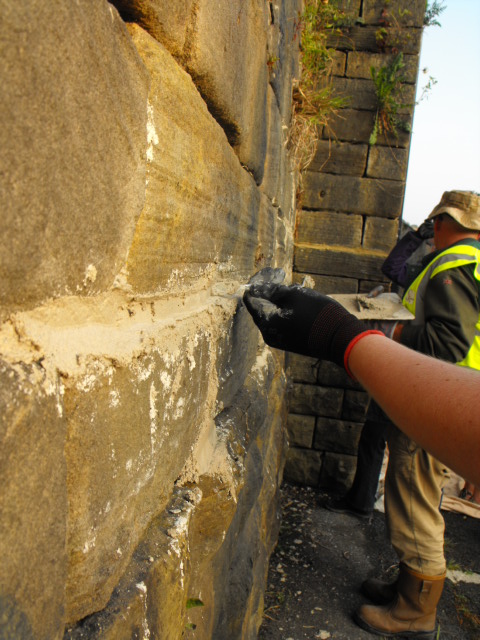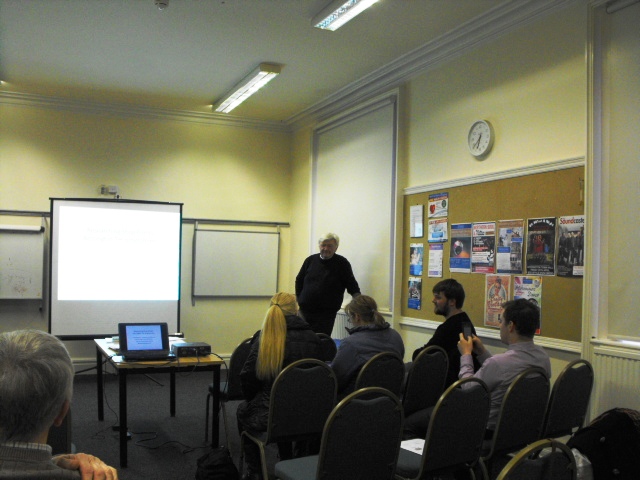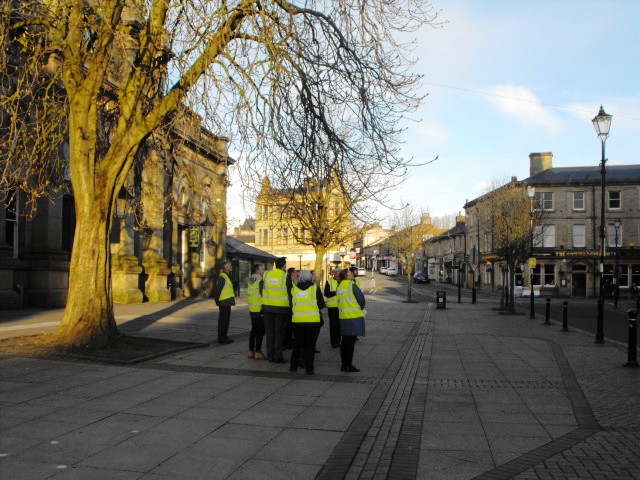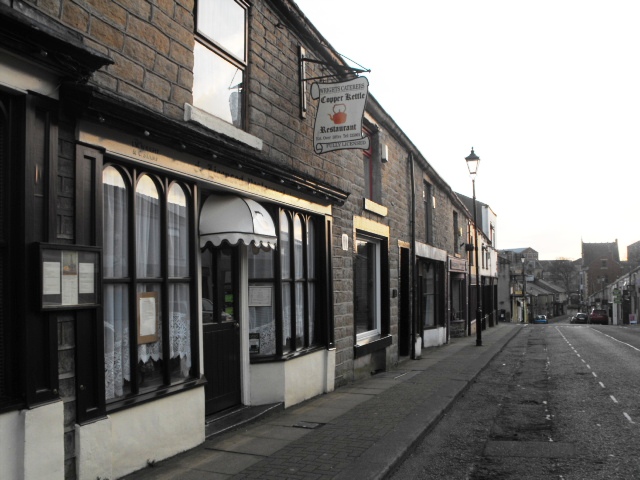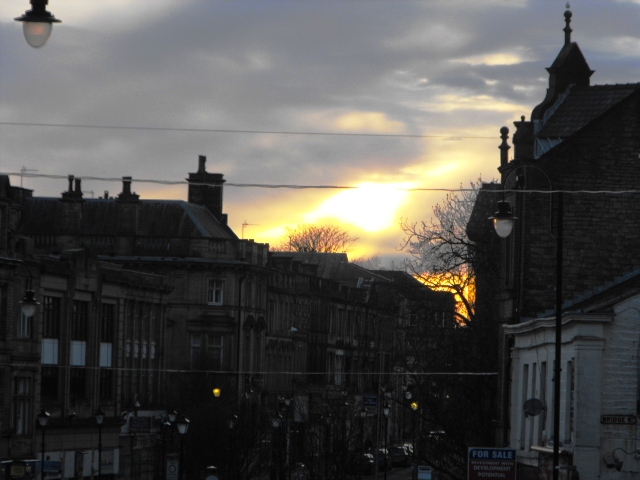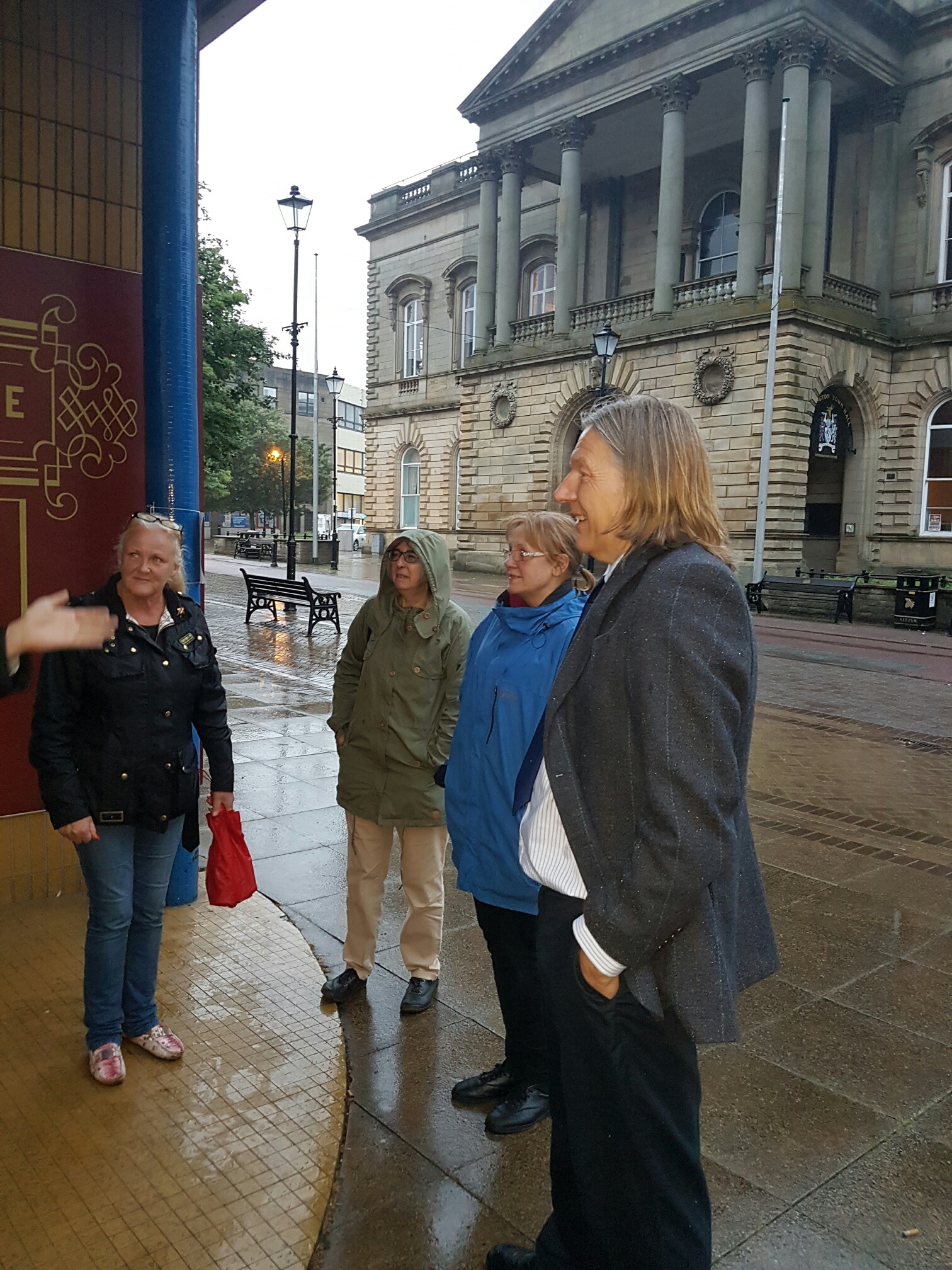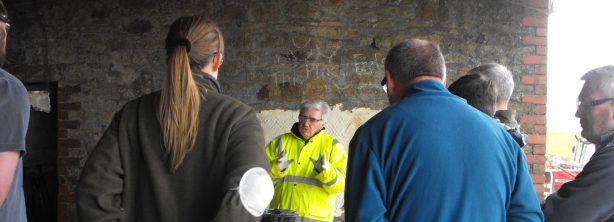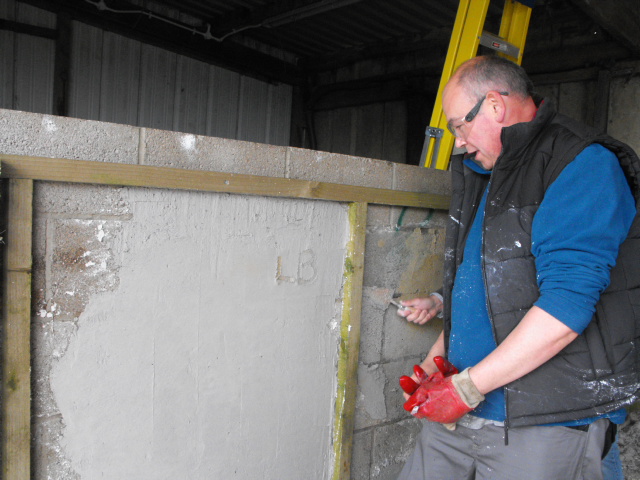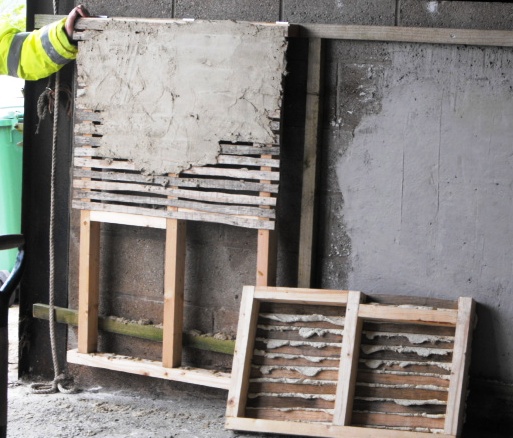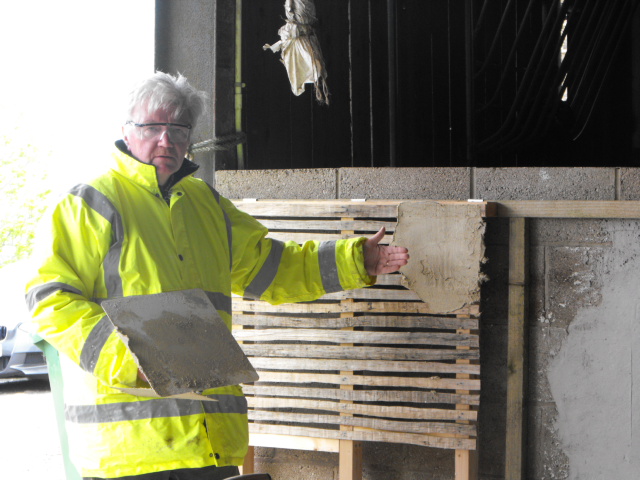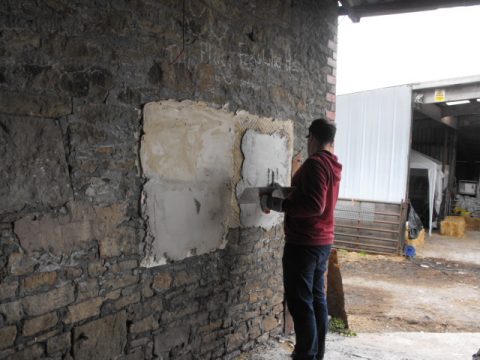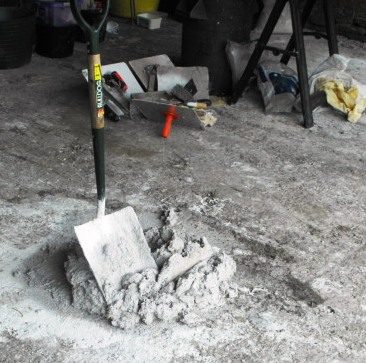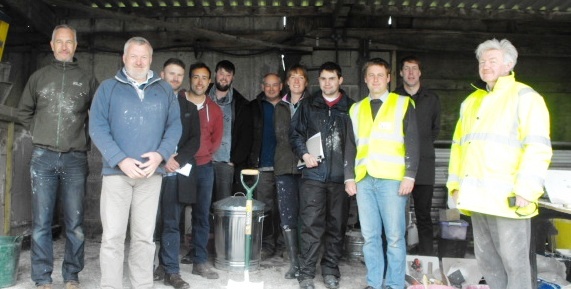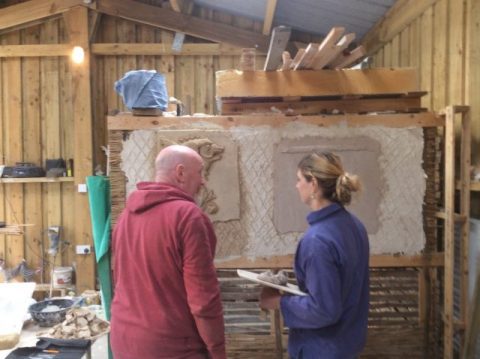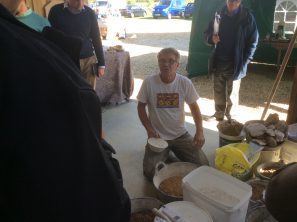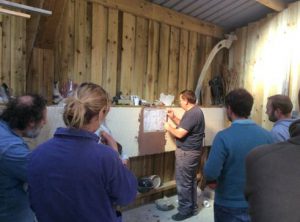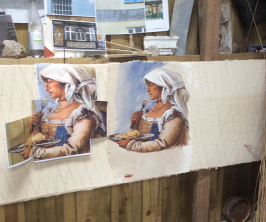THI Lancaster and Morecambe
Kate Smith from Lancaster and Morecambe THI, organised a number of events to highlight the need for Specialist Heritage Skills.
Theses events are to aid local economy, increasing awareness for the use of traditional materials on historic buildings.
with the support of the Construction Department of the Local College, practical demonstrations and ‘hands on’ sessions were arranged.
The Events Covered:
- Stone Relief Carving.
- Decorative Plasterwork.
- Stone Lettering.
- Lime Plastering and Pointing.
- Stone Carving.
- Introduction to Stone masonry.
The sessions we provided were:
- Decorative Plasterwork
- Lime Plastering and Pointing
- Introduction to Stone masonry.
You will find out below what each session entailed.
Decorative Plasterwork.
In the British isles a rich a rich history of decorative plasterwork is found, fine examples are seen in the Lancaster and Morecambe Area.To protect what exists and restore what has been damaged, can be challenging.
This session we explored the history and development of both traditional solid run and fibrous bench work. The students were able discuss the application in conservation and restoration projects.
Our student enjoyed a hands on session.
Student’s ran a mould on a bench using what is commonly referred to as ‘Plaster of Paris’, they reinforce this plaster work with hessian scrim. Using Silicone moulds cast the students where able to make a number of centre piece roses. The students came to understand some of the challenges when it comes to the repair and restoration of historic plasterwork.
Lime Pointing and Plastering.
The preservation of heritage properties often relies on their maintenance and repair.
In this session we outlined the challenges of using historic materials rather than modern materials.
Such as OPC (Ordinary Portland Cement) that are used in favour of traditional lime mortars that have a softer nature, flexible, self healing and are vapor permeable or able to ‘breath’. Students were able to observe the boiling process that produces a ‘hot lime’ mortar, using slaking granulated quick lime, aggregate (sand) and water.
Once cooled this mortar was used in a hands on session in the afternoon.
We demonstrated the correct use of tools both in pointing and plastering. Including how to get the mortar off the hawk or hand board and onto the wall.
Introduction to Stone masonry.
Buildings with the Lancaster and Morecambe area show how local stone played a part in the construction of the many buildings. Because of the proximity to the sea, beach cobbles have also been employed in the construction of some properties notably in Park Farm House (1685).
The day consisted of a presentation of the challenges of preserving stone work which has been degraded by use of harder cement based mortars. The advantages of softer, ‘sacrificial’ lime mortars and their ability to evaporate excess moisture without damage to stonework. We demonstrated mixing ‘hot lime’ under controlled conditions and again used material in practical hands on session..
Our ‘hands on session’ introduced students to how to cut and dress sandstone. Roll mortar of a spot board and from a bed for the stone and construct a random stone wall.
All who attended expressed appreciation for the session and all they had learned.
If you are interested in any of our courses please take a look at our Training Course page.
We express our appreciation to all involved, especially to John the Brickwork Technician who’s help was invaluable and the college staff.
Useful sources of information.
Buildings Lime Forum.
Historic England publication: Repointing Brick and Stone Walls.
www.lancaster.gov.uk/business/..

